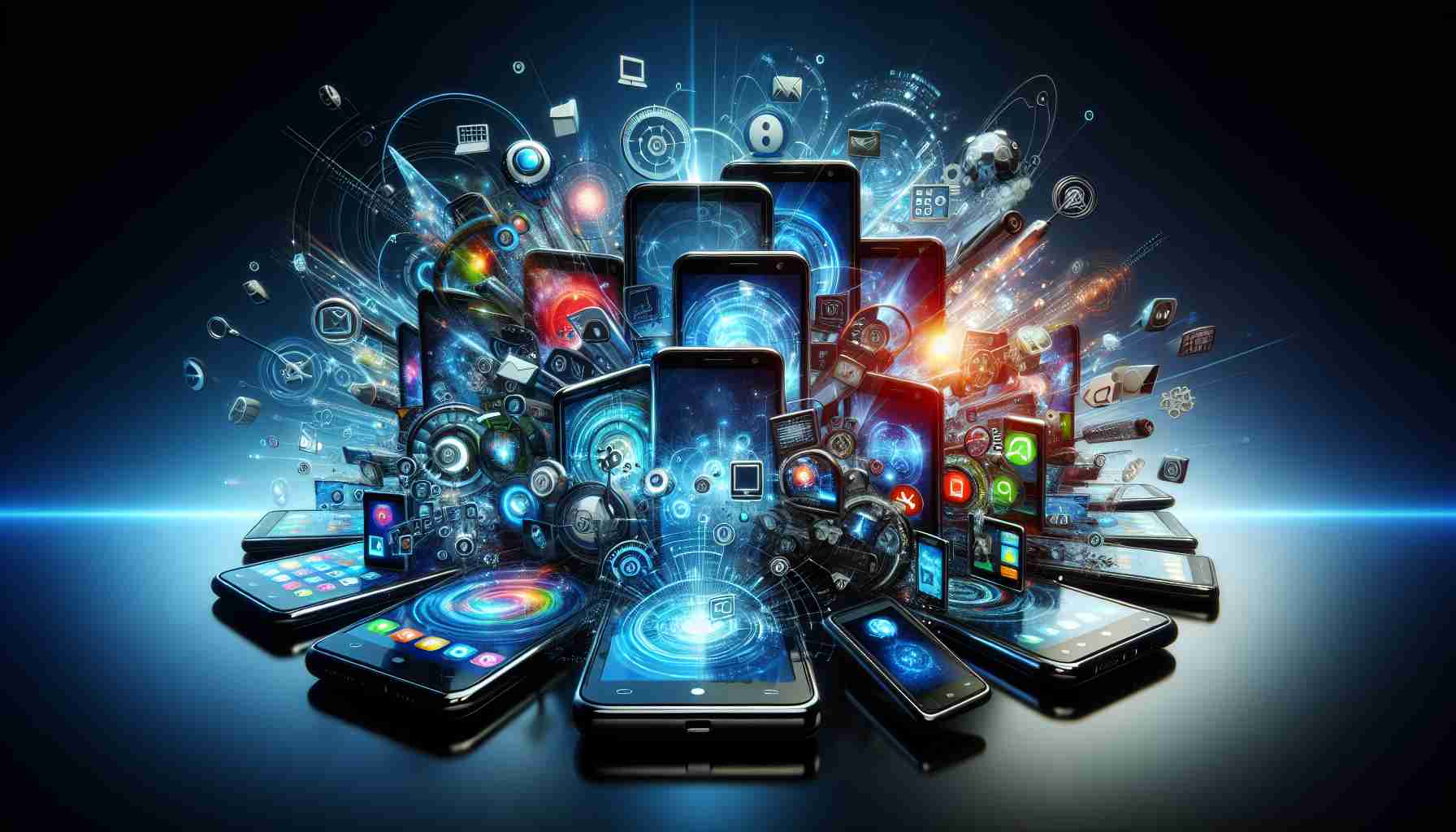Smartphones have steadily eclipsed numerous everyday gadgets, from being our primary camera to a digital wallet, and they are now poised to reinvent yet another device – the dedicated ereader. Holding the potential of a portable library, devices like the Amazon Kindle have brought us crisp, high-resolution displays suited particularly for reading. They feature enhancements such as soft backlights for nighttime reading, extensive battery life, quick charging, and even resistance to water splashes, creating a seamless reading experience by the pool or at the beach.
Despite ereader-specific features, the multipurpose prowess of smartphones is evolving, challenging the dominance of the likes of Kindle in the reading realm. The advancements in display technology, especially pertaining to visibility in sunlight, have been considerable. This development was initially noticed with the launch of the iPad, where colored comics were displayed brilliantly, casting doubt on the exclusivity of ereaders.
However, it is the innovation in smartphones, like the OnePlus Open, that promises a dynamic shift in the future of ereading. While even premium ereaders are just beginning to explore color, the OnePlus Open dazzles with an AMOLED display that boasts over a billion colors, portraying full-fidelity book covers that enhance the anticipation of reading a new title.
In the pursuit of legibility akin to E Ink displays, phone manufacturers are innovating rapidly. For instance, the Samsung Galaxy S24 Ultra flaunts a display with significantly reduced glare. TCL is advancing their NxtPaper technology, which impresses with E Ink-like readability combined with the vibrant quality of a traditional smartphone screen.
Moreover, smartphones adopt user-friendly features such as Eye Comfort modes for reduced eye strain and texture settings to mimic the feel of paper, as seen in Xiaomi’s devices. Coupled with the foldable designs, smartphones offer large screens with the ability to fold down for better portability, contending with the thin profile of ereaders.
Even though foldables may not yet achieve the same battery longevity as ereaders, their fast-charging capabilities narrow the convenience gap. The OnePlus Open, for example, recharges expeditiously in about half an hour. As smartphone technology continuously evolves, the narrative of carrying both a phone and an ereader could become a thing of the past, with smart devices converging to offer an all-in-one solution for tech-savvy readers on the go.
As smartphones evolve to incorporate more features, there are several relevant facts that add to the understanding of how they are becoming even more all-encompassing in our lives:
– Smartphone Accessibility: Smartphones are becoming more accessible with features that assist users with disabilities. This includes screen readers, voice control, and audio descriptions which are not typically found on dedicated ereaders.
– App Ecosystem: The vast ecosystem of apps available on smartphones allows for a range of functionalities that single-purpose devices cannot compete with, such as immediate dictionary lookups, language learning tools, and integration with note-taking and reference apps.
– Environmental Impact: The production and disposal of electronics have significant environmental impacts. Combining multiple device functionalities into a smartphone can potentially reduce the number of devices manufactured and discarded.
Important questions and their answers:
– How does the reading experience on OLED/AMOLED screens compare to E Ink displays? OLED/AMOLED screens offer vibrant, colorful displays with higher refresh rates, making them suitable for multimedia content. However, E Ink displays cause less eye strain in prolonged use and are more readable in direct sunlight, offering a more paper-like reading experience.
– What are the key challenges associated with smartphones as ereaders? One challenge is battery life. Smartphones generally require daily charging, whereas ereaders can last weeks on a single charge. Another challenge is readability under direct sunlight, where smartphones traditionally perform worse than E Ink devices. Additionally, screen size is a constraint; even with foldable phones, reading on a smaller screen may be less comfortable than on a dedicated ereader.
Controversies: One controversy is the issue of repairability and right to repair. Smartphones are often criticized for being difficult to repair, which can lead to higher electronic waste. Ereaders, often being simpler devices, may not face the same level of scrutiny.
Advantages:
– Convenience: Carrying one device instead of several is more convenient.
– Functionality: Smartphones offer a wide range of functions beyond reading.
– Connectivity: Instant access to cloud services, social media, and communication tools.
Disadvantages:
– Battery Life: Less battery longevity compared to dedicated ereaders.
– Eye Strain: Backlit screens of smartphones can cause more eye strain after long periods.
– Distractions: Smartphones come with the potential for interruptions from notifications and other apps.
For further information on the evolving technology of smartphones and how they integrate into our daily lives, please visit the official websites of leading smartphone manufacturers:
– Apple
– Samsung
– OnePlus
– TCL
– Xiaomi
Please make sure that if you visit these links, you have adequate security measures in place as I cannot guarantee the safety of external websites.
